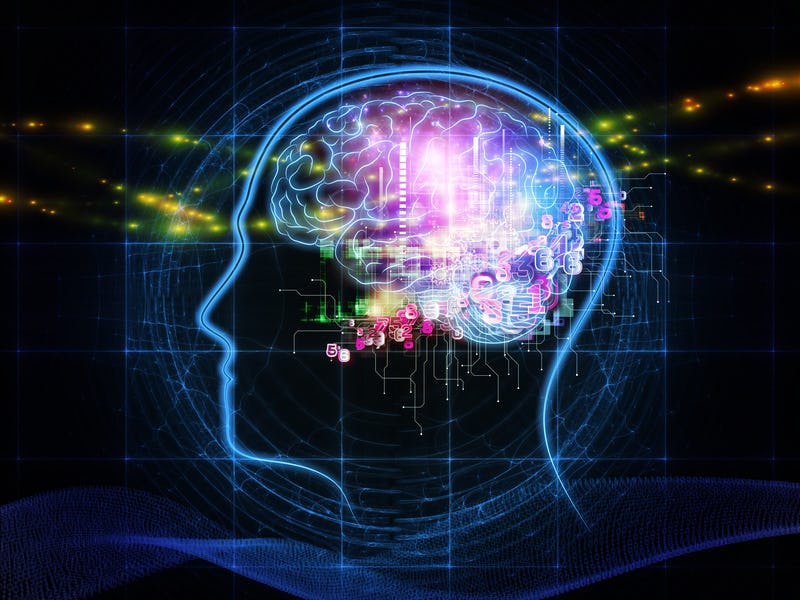Brain-enhancing technologies like Elon Musk’s neural lace and neural activity transference have raised both excitement and concern about the possibility of uploading human consciousness to the cloud. Doing so would, in theory, free us from Shakespeare’s mortal coil, allowing us to exist indefinitely in digitized form. This idea presupposes that our bodies and consciousness can be separated, which, if you ask neuroscientist Anil Seth, Ph.D., is bunk.
In a TED Talk in Vancouver on Wednesday, Seth, a co-director of the Sackler Centre for Consciousness Science and professor at the University of Sussex, explained why doing so was impossible.
“What it means to be me cannot be reduced to — or uploaded to — a software program running on a robot, however smart or sophisticated,” Seth said.
Our conscious experiences “are shaped at all levels,” he continued, referring to the idea that consciousness does not exist solely in the mind.
Anil Seth
Seth’s work has shown compelling evidence that consciousness doesn’t just consist of information about the world traveling via our senses as signals into our brains. Instead, he’s found that consciousness is a two-way street, in which the brain constantly uses those incoming signals to make guesses about what is actually out there. The end result of that interplay between reality and the brain, he says, is the conscious experience of perception.
“What we perceive is [the brain’s] best guess of what’s out there in the world,” he said, explaining that these guesses are constantly in flux. To illustrate, he played for the crowd a high-pitched series of electronic beeps, which wavered in tone like a robotic bird’s warble. When they couldn’t identify what it was, he played it again. Still, it just sounded like a bunch of beeps. Then, he played a recording of a mechanized voice saying “I think Brexit is a really terrible idea” with natural human intonation.
When he played the exact same robotic warble again, everyone could suddenly hear the words within the sounds.
This and the other sensory illusions he used as examples were meant to illustrate what he calls the “controlled hallucinations” that make up our conscious experience; in this case, people hallucinated the words in the sounds because their brain’s predictive ability had changed. “We don’t passively see the world,” he said, “we actively generate it.” And because our bodies are complicit in the generation of our conscious experience, it’s impossible to upload consciousness to some external place without somehow taking the body with it.
While his theories may be reassuring to anyone who fears that their digitized consciousness may be as susceptible to cloud hackers as nude celebrity photos, they may cause some anxiety about the nature of reality. If an individual’s experience of consciousness is particular to their own body’s interaction with what’s actually out there, then will anyone ever know what reality truly, objectively is?
Seth suggests that it doesn’t matter because the most important experience of consciousness is the one we all share. “[When] we agree about our hallucinations, we call that reality,” he said.
